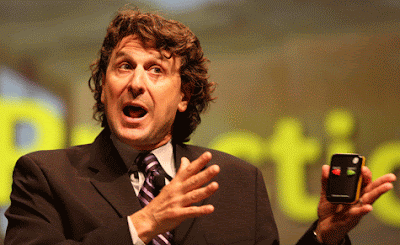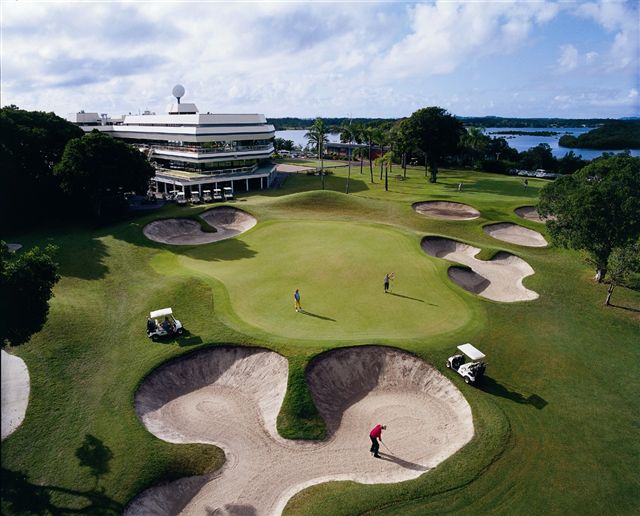The US Open golf has been put to bed for another year and although only seeing it on TV I felt that the course pl ayed in footy parlance - hard but fair. The rough was penal but such is the slope on the course that the longer grass actually stops your ball running in to the tree lines. There was a graphic shown on the TV that had the elevation change from the clubhouse to the lowest point at the equivalent of an 18 storey building. And one final on the Open, you have to feel for Ernie Els and what could have been. His tournament scoring stats were; 15 bogeys, 2 "others" which were a double and tripl e in the first round, 10 birdies and 3 eagles. He pl ayed the 7th and 17th in a combined total of 10 under for the week and was 9 over for the first 5 holes over the week!! If only.
Well back at Tweed and the courses have dried out and I have to say I couldn't be happier with them at the moment. The River greens are virtually compl etely dormant, hence the dark colour and the West greens really come in to their own at this time of year and are firm and fast. The fairways are holding very good colour and the tees are benefitting from the use of the "forward" course which does help take some pressure off them from the wear point of view although the prolonged wet and lack of sunlight has them a bit thin is some places..
As I mentioned I attended the annual turf conference in Melbourne a coupl e of weeks ago and made a very good call by not taking the clubs and opting to host the golf championship at Commonwealth GC. Host Super and an old footy adversary of mine Mark Prosser set the course up super long and the rain started after just a few holes. The urn full of pumpkin soup in the starters hut was just the tonic on a bleak day. I mentioned the other week about the two American presenters at the Conference who have specialised in getting better turf for less money and they had some interesting things to say.
Dr Frank Rossi was probably one of the most engaging and informative speakers I have seen over many years and he gave an excellent recount of a 12 year study that he and his colleagues have been conducting. At one stage in New York there was a notion that local authorities would ban the use of pesticides on “public” (council/authority) owned golf courses. This is already the case in Denmark New York pl ayer numbers and income dropped dramatically but that has since turned around. I won’t go too far in to the results suffice to say that such a program would not be considered for the Black course due to its standing in golf. Dr Frank did pose a number of questions and challenged a lot of long held beliefs in greens management. The best part of this research is that is was conducted on an operational golf course and not in a green house.
My interpretation of a good conference is one that can give you some ideas to take back to your own course and tinker with your operation to the betterment of the golf course and that is certainly the case this year. I was lucky enough to chair the final session of the conference where Dr Frank spoke on this research and it was the fastest 2 hours of my life, such was the interest he generated amongst the audience.
Well let's hope this weather keeps up and we can continue to enjoy the courses as they are playing at the moment and we prepare for the upcoming men's club championships.
 |
| Dr Frank in full flight |
My interpretation of a good conference is one that can give you some ideas to take back to your own course and tinker with your operation to the betterment of the golf course and that is certainly the case this year. I was lucky enough to chair the final session of the conference where Dr Frank spoke on this research and it was the fastest 2 hours of my life, such was the interest he generated amongst the audience.
Well let's hope this weather keeps up and we can continue to enjoy the courses as they are playing at the moment and we prepare for the upcoming men's club championships.

No comments:
Post a Comment
Note: Only a member of this blog may post a comment.